Home>Gardening & Outdoor>Landscaping Ideas>At What Temperature Grass Stops Growing
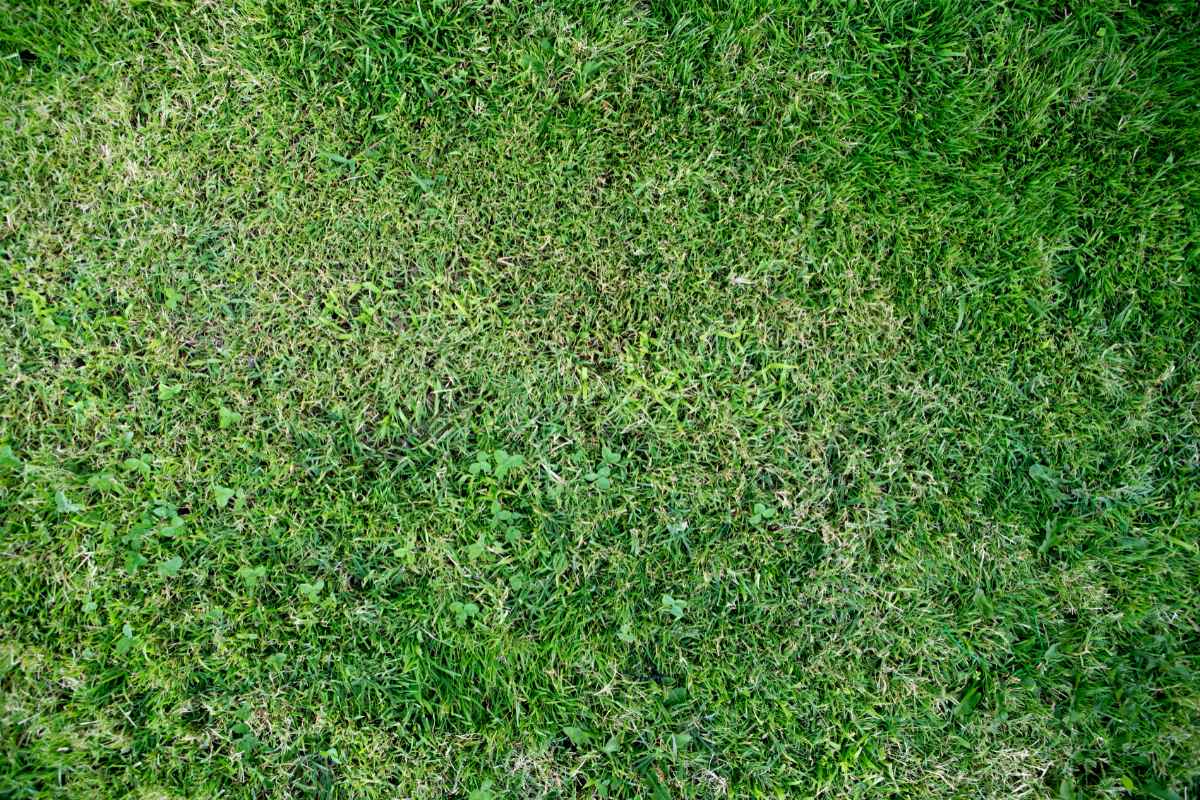

Landscaping Ideas
At What Temperature Grass Stops Growing
Published: January 23, 2024
Discover the ideal temperature for grass growth and get expert landscaping ideas to maintain a lush, healthy lawn year-round. Explore tips for optimal lawn care.
(Many of the links in this article redirect to a specific reviewed product. Your purchase of these products through affiliate links helps to generate commission for Storables.com, at no extra cost. Learn more)
**
Introduction
**
When it comes to maintaining a lush, vibrant lawn, understanding the factors that influence the growth of grass is essential. Among these factors, temperature plays a pivotal role in determining the rate at which grass thrives. From the scorching heat of summer to the frosty chill of winter, the temperature has a profound impact on the growth and overall health of grass.
In this article, we will delve into the intricate relationship between temperature and grass growth, exploring the optimal conditions for fostering a verdant lawn and the potential consequences of extreme temperatures. By gaining insights into the effects of temperature on grass growth, you will be better equipped to nurture your lawn and ensure its enduring vitality.
Let's embark on a journey to uncover the nuanced interplay between temperature and the growth of grass, shedding light on the mechanisms that dictate the flourishing or faltering of this ubiquitous greenery.
**
Key Takeaways:
- Grass growth is heavily influenced by temperature, with optimal ranges varying for cool-season and warm-season grasses. Extreme temperatures can hinder growth, but strategic lawn care practices can mitigate damage and promote resilience.
- Understanding the impact of temperature on photosynthesis, respiration, and root development is crucial for nurturing a vibrant lawn. Grass exhibits resilience and can rebound from extreme temperature challenges with thoughtful care.
Read more: What Temperature Can Grass Seed Grow
Understanding the Growth of Grass
**
Grass, the verdant carpet that adorns landscapes and lawns, undergoes a complex and fascinating growth process. Understanding the intricacies of grass growth is fundamental to nurturing a healthy and vibrant lawn. The growth of grass can be categorized into three primary phases: germination, active growth, and dormancy.
Germination marks the inception of a grass plant’s life, as the seed absorbs water and swells, leading to the emergence of a tiny root, known as the radicle. Subsequently, the shoot, or coleoptile, pushes through the soil, signaling the commencement of the grass plant’s journey towards maturity.
During the active growth phase, the grass plant experiences rapid development, characterized by the proliferation of leaves and roots. This phase is crucial for establishing a dense and resilient lawn, as the grass plants utilize sunlight, water, and nutrients to fuel their growth and fortify their structure.
As environmental conditions fluctuate, grass may enter a state of dormancy to conserve energy and endure adverse circumstances. Dormancy is a survival mechanism employed by grass to withstand extreme temperatures, water scarcity, or other unfavorable conditions. When conditions become more favorable, grass renews its growth, perpetuating the cycle of germination, active growth, and dormancy.
By comprehending the growth stages of grass, lawn enthusiasts can align their maintenance practices with the specific needs of the grass at each phase, fostering a resilient and picturesque lawn. Now that we have delved into the growth dynamics of grass, let’s explore the factors that influence its growth.
**
Factors Affecting Grass Growth
**
The growth of grass is subject to a multitude of factors, each exerting a distinct influence on its development. Understanding these factors is pivotal for implementing effective lawn care practices and ensuring the flourishing of grass.
1. Sunlight: Sunlight is the primary energy source for grass, driving the process of photosynthesis, which is essential for the production of food and sustenance of the plant. Adequate sunlight exposure is crucial for robust grass growth, as it fuels the synthesis of nutrients and supports the development of chlorophyll, the green pigment responsible for the plant’s ability to harness light energy.
2. Water: Water is indispensable for the growth and survival of grass. It facilitates the transport of nutrients within the plant and plays a pivotal role in photosynthesis. Insufficient water can impede grass growth, leading to wilting and browning of the turf. Conversely, excessive moisture can create an environment conducive to disease and inhibit root development.
3. Nutrients: Grass requires an array of nutrients, including nitrogen, phosphorus, and potassium, to thrive. These nutrients contribute to the structural integrity of the plant, promote vigorous root growth, and enhance resistance to stressors. Fertilization is a key practice for supplying grass with essential nutrients and fostering robust growth.
4. Soil Quality: The composition and quality of the soil profoundly impact grass growth. Well-aerated soil with an optimal pH level provides an accommodating environment for root development and nutrient uptake. Compacted or nutrient-deficient soil can impede the growth of grass, necessitating remedial measures such as aeration and soil amendment.
5. Temperature: Temperature exerts a profound influence on the growth of grass, dictating the rate of photosynthesis, respiration, and overall metabolic activity. Both excessively high and low temperatures can impede grass growth, underscoring the significance of optimal temperature conditions.
By recognizing and addressing these factors, lawn enthusiasts can cultivate an environment conducive to vigorous grass growth, fostering a verdant and resilient lawn. As we continue our exploration, we will delve into the specific impact of temperature on the growth of grass.
**
The Impact of Temperature on Grass Growth
**
Temperature serves as a critical determinant of grass growth, exerting a profound influence on the physiological processes that govern the development and vitality of grass plants. The impact of temperature on grass growth is multifaceted, encompassing various metabolic and growth-related functions.
Photosynthesis: Temperature significantly affects the rate of photosynthesis in grass plants. Optimal temperatures within a specific range facilitate robust photosynthetic activity, enabling the efficient conversion of light energy into chemical energy. Conversely, excessively high or low temperatures can impede photosynthesis, curtailing the production of essential carbohydrates and hindering grass growth.
Respiration: Temperature plays a pivotal role in the respiratory processes of grass, influencing the rate of cellular respiration. Elevated temperatures can accelerate respiration, leading to heightened energy expenditure and potentially impacting the growth and vigor of grass. Conversely, low temperatures may suppress respiration, constraining metabolic activity and impeding growth.
Water Uptake and Transpiration: Temperature influences the rate of water uptake by grass plants and the process of transpiration, wherein water is released from the plant’s leaves. Elevated temperatures can intensify transpiration, necessitating increased water uptake to maintain hydration and support growth. Conversely, cooler temperatures may reduce the demand for water, impacting the overall growth dynamics of grass.
Root Development: Temperature profoundly impacts the development and vitality of grass roots. Optimal temperatures promote robust root growth, facilitating efficient nutrient uptake and anchoring the grass plants securely in the soil. Extreme temperatures, whether excessively high or low, can impede root development, compromising the resilience and health of the grass.
By comprehending the intricate interplay between temperature and the physiological processes of grass, lawn enthusiasts can implement strategic measures to optimize temperature conditions and support the vigorous growth of their lawns. As we delve deeper into the impact of temperature on grass growth, we will explore the optimal temperature range for fostering lush and resilient grass.
**
Grass typically stops growing when the temperature drops below 50°F (10°C). This is because the cold weather slows down the metabolic processes in the grass, causing it to enter a dormant state.
Optimal Temperature for Grass Growth
**
The quest for a thriving, verdant lawn hinges significantly on maintaining optimal temperature conditions conducive to robust grass growth. The ideal temperature range for promoting the flourishing of grass varies depending on the specific species and environmental factors. However, there are general guidelines that can illuminate the optimal temperature parameters for fostering vibrant grass.
Cool-Season Grasses: Grass species such as Kentucky bluegrass, fescue, and ryegrass, which fall under the category of cool-season grasses, exhibit optimal growth within a temperature range of approximately 60 to 75 degrees Fahrenheit (15 to 24 degrees Celsius). These grasses thrive in regions characterized by moderate temperatures and are resilient in the face of cooler conditions.
Warm-Season Grasses: Varieties such as Bermuda grass, Zoysia grass, and St. Augustine grass, classified as warm-season grasses, demonstrate peak growth within a temperature range of 75 to 90 degrees Fahrenheit (24 to 32 degrees Celsius). These grasses are well-suited to regions with warmer climates and exhibit robust growth during the peak of summer.
Transitional Periods: During transitional periods, such as spring and fall, when temperatures fluctuate, grasses may exhibit optimal growth within overlapping temperature ranges. This transitional phase presents an opportune time for lawn enthusiasts to implement strategic lawn care practices to support the transitioning grass and prepare it for the upcoming season.
By aligning lawn care practices with the optimal temperature range for the specific grass species, enthusiasts can bolster the resilience and vitality of their lawns, ensuring a picturesque and enduring expanse of greenery. Now that we have explored the optimal temperature parameters for grass growth, let’s delve into the effects of extreme temperatures on the growth and health of grass.
**
Effects of Extreme Temperatures on Grass Growth
**
Extreme temperatures, whether excessively high or low, can exert a profound impact on the growth and overall health of grass, presenting formidable challenges to lawn enthusiasts striving to maintain a verdant and resilient lawn. Understanding the effects of extreme temperatures on grass growth is paramount for implementing strategic measures to mitigate potential damage and foster the enduring vitality of the lawn.
Excessive Heat: Prolonged exposure to scorching temperatures can trigger a series of detrimental effects on grass. High heat can accelerate moisture loss from the soil and the grass plants, leading to dehydration and wilting. Additionally, excessive heat can impede the photosynthetic process, curtailing the production of essential nutrients and inhibiting grass growth. Furthermore, intense heat can exacerbate stress on the grass, rendering it more susceptible to disease and pest infestations.
Freezing Temperatures: Conversely, exposure to freezing temperatures poses a distinct set of challenges to grass growth. Frost and freezing conditions can inflict damage on the cellular structure of grass plants, leading to discoloration, wilting, and potential die-off. Furthermore, the expansion of ice crystals within the plant tissues can cause physical trauma, compromising the resilience and vitality of the grass.
Recovery and Resilience: Despite the adversities posed by extreme temperatures, grass exhibits a remarkable capacity for recovery and resilience. With strategic lawn care practices, such as adequate hydration, appropriate mowing, and targeted fertilization, grass can rebound from the impacts of extreme temperatures and rejuvenate its growth. Moreover, selecting grass species and cultivars that are well-adapted to the local climate can bolster the resilience of the lawn in the face of temperature fluctuations.
By recognizing the effects of extreme temperatures on grass growth and implementing proactive measures to mitigate potential damage, lawn enthusiasts can safeguard the health and vibrancy of their lawns, ensuring a resilient and picturesque expanse of greenery. As we conclude our exploration, let’s reflect on the pivotal role of temperature in shaping the growth and enduring allure of grass.
**
Conclusion
**
The growth of grass is an intricate and dynamic process, profoundly influenced by a myriad of factors, with temperature standing as a pivotal determinant of its vitality and resilience. As we have journeyed through the nuanced interplay between temperature and the growth of grass, we have gained profound insights into the mechanisms that govern the flourishing or faltering of this ubiquitous greenery.
From the inception of a grass plant’s life through the phases of active growth and dormancy, the growth dynamics of grass unfold in response to a symphony of environmental cues, with temperature holding a prominent position among these influencers. The impact of temperature on photosynthesis, respiration, water uptake, and root development underscores its far-reaching effects on the physiological processes that dictate the growth and health of grass.
By comprehending the optimal temperature range for different grass species and the effects of extreme temperatures, lawn enthusiasts can implement strategic measures to cultivate an environment conducive to robust grass growth. Whether nurturing cool-season grasses in moderate climates or tending to warm-season grasses in regions characterized by intense heat, aligning lawn care practices with the specific temperature needs of the grass is paramount for fostering enduring vitality and lushness.
As we navigate the ebb and flow of temperature throughout the seasons, it is essential to recognize the resilience of grass and its capacity for recovery in the face of temperature fluctuations. With thoughtful lawn care practices and a keen understanding of the effects of extreme temperatures, lawn enthusiasts can nurture a resilient and picturesque expanse of greenery, embodying the enduring allure of a vibrant and thriving lawn.
Armed with the insights gleaned from our exploration, may you embark on a journey to nurture your lawn with an informed and attentive hand, fostering a verdant and enduring expanse of greenery that stands as a testament to the harmonious interplay between temperature and the growth of grass.
Frequently Asked Questions about At What Temperature Grass Stops Growing
Was this page helpful?
At Storables.com, we guarantee accurate and reliable information. Our content, validated by Expert Board Contributors, is crafted following stringent Editorial Policies. We're committed to providing you with well-researched, expert-backed insights for all your informational needs.
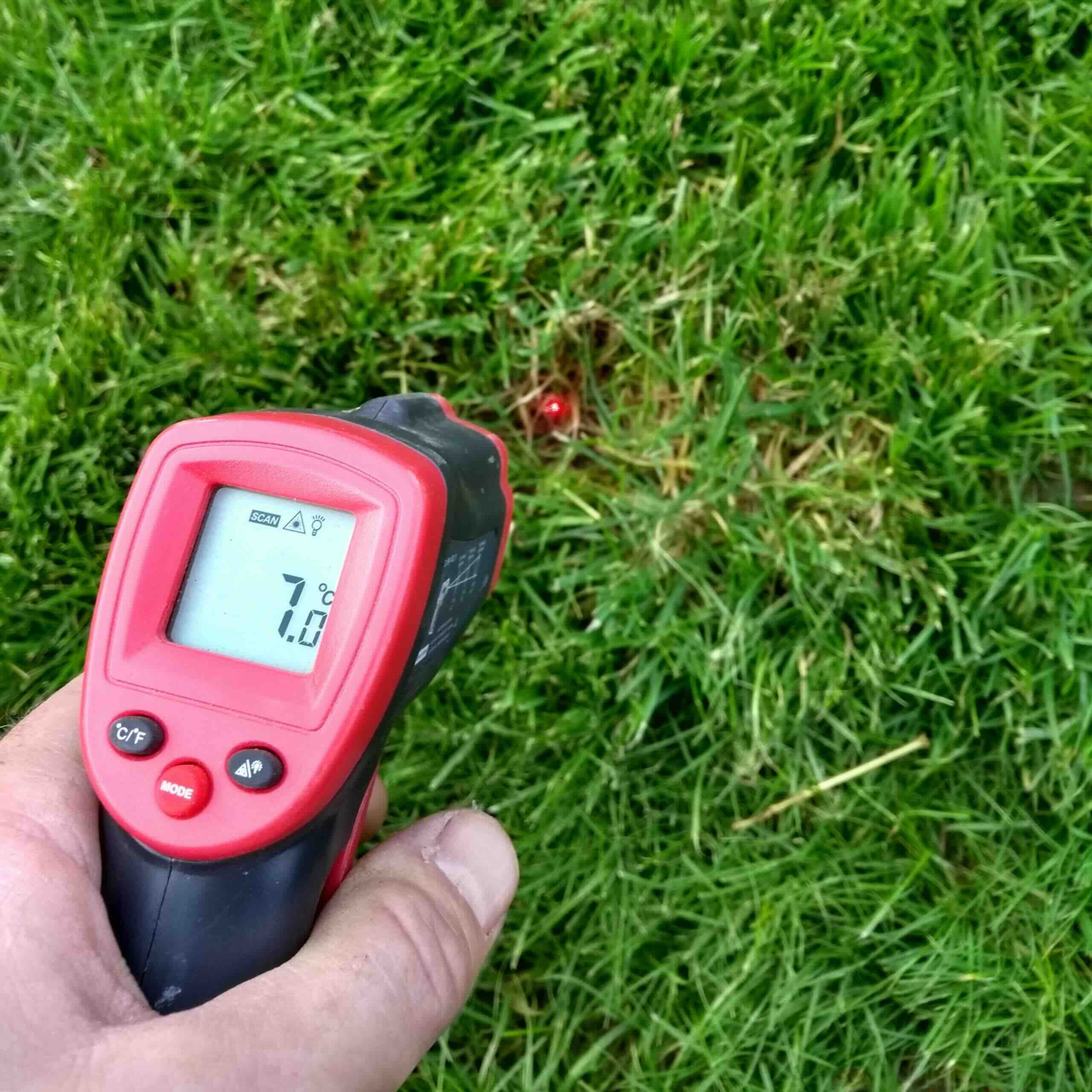
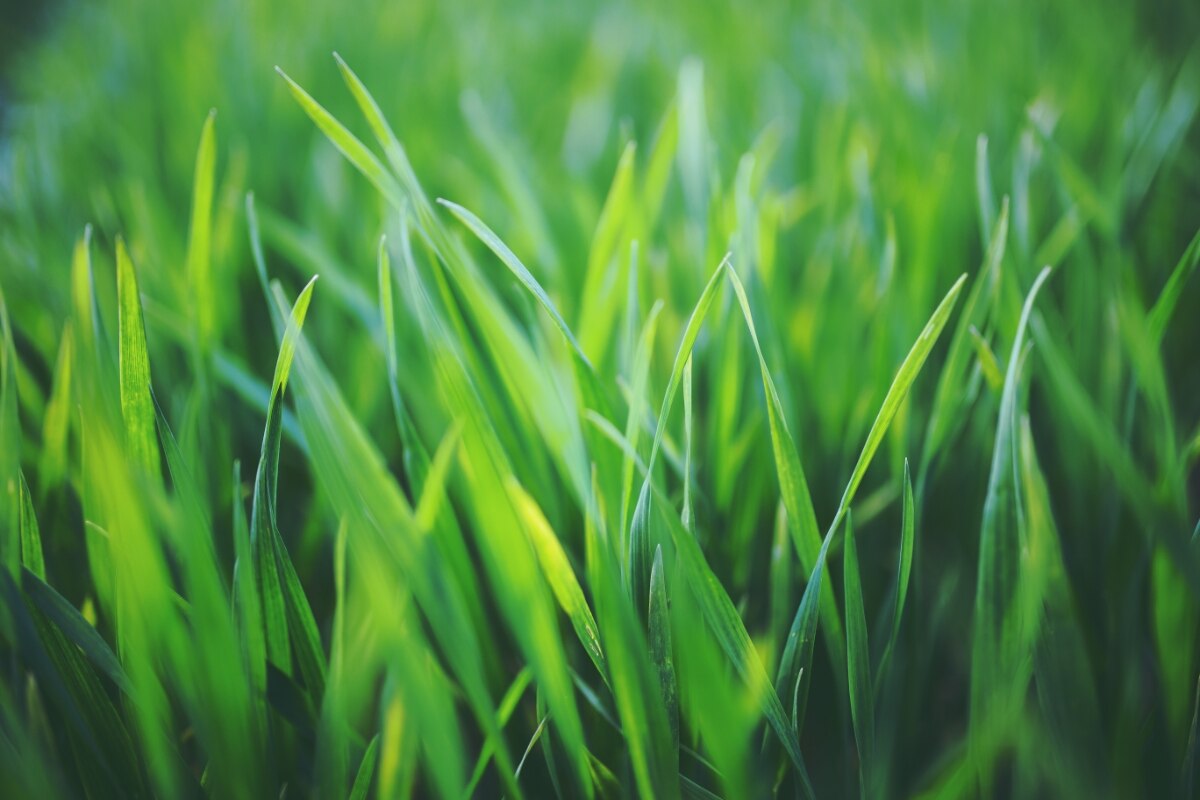

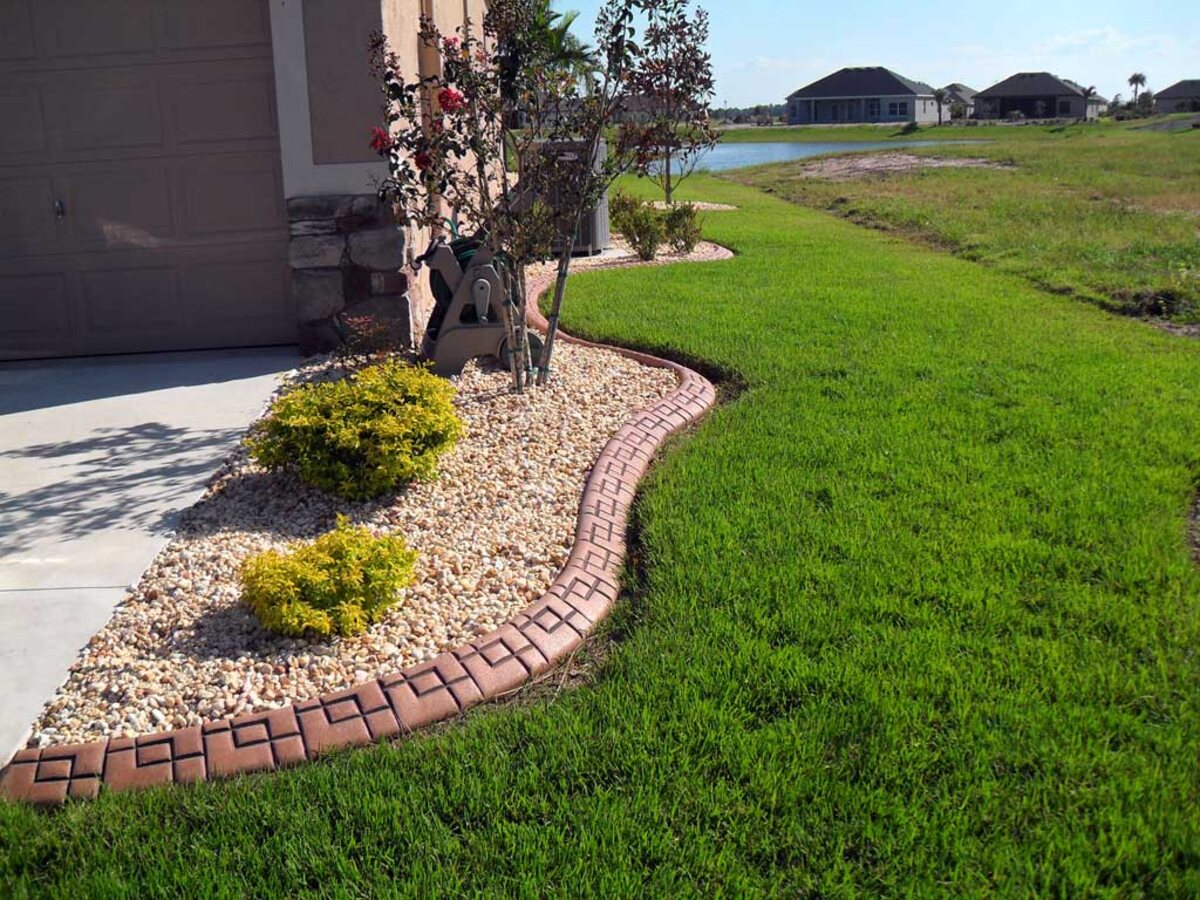
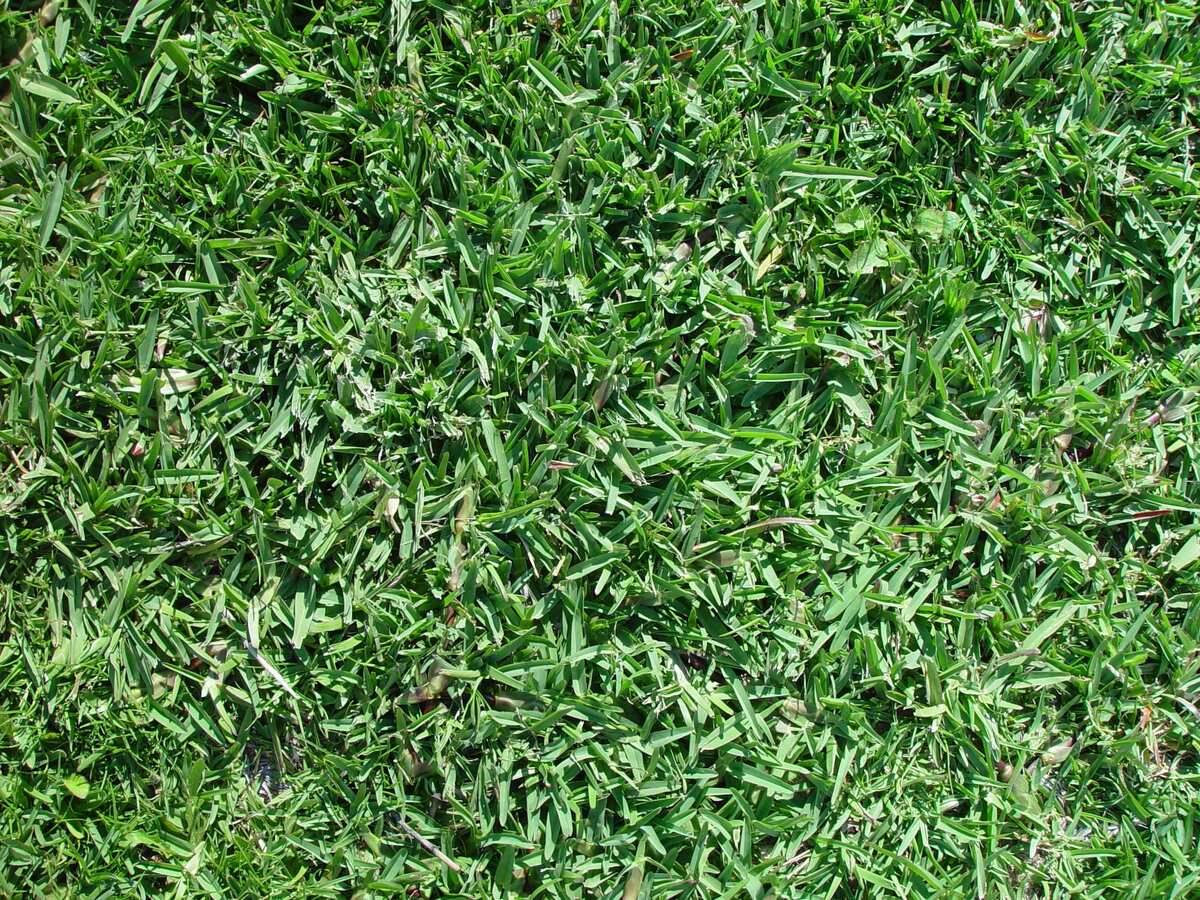
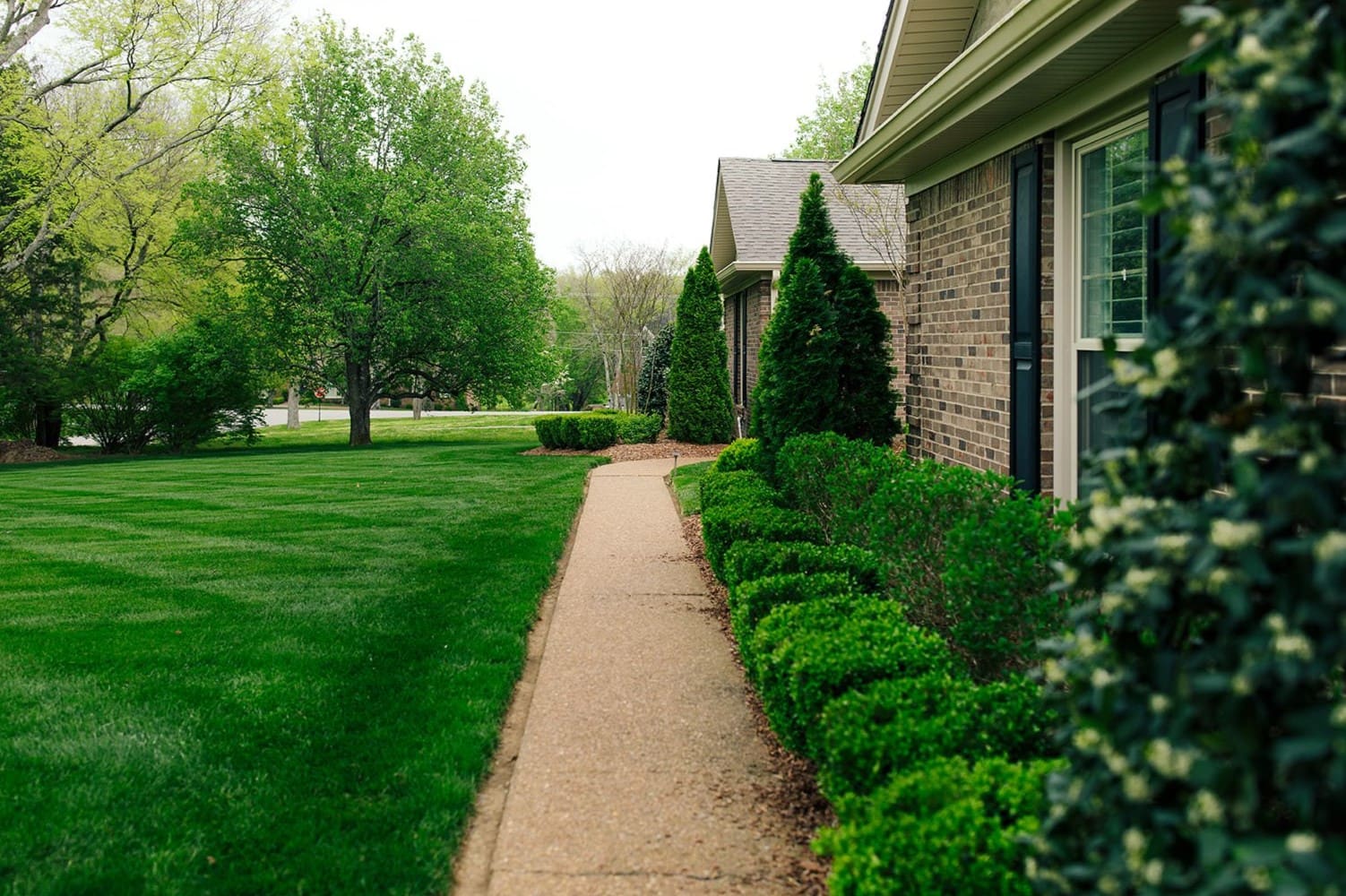

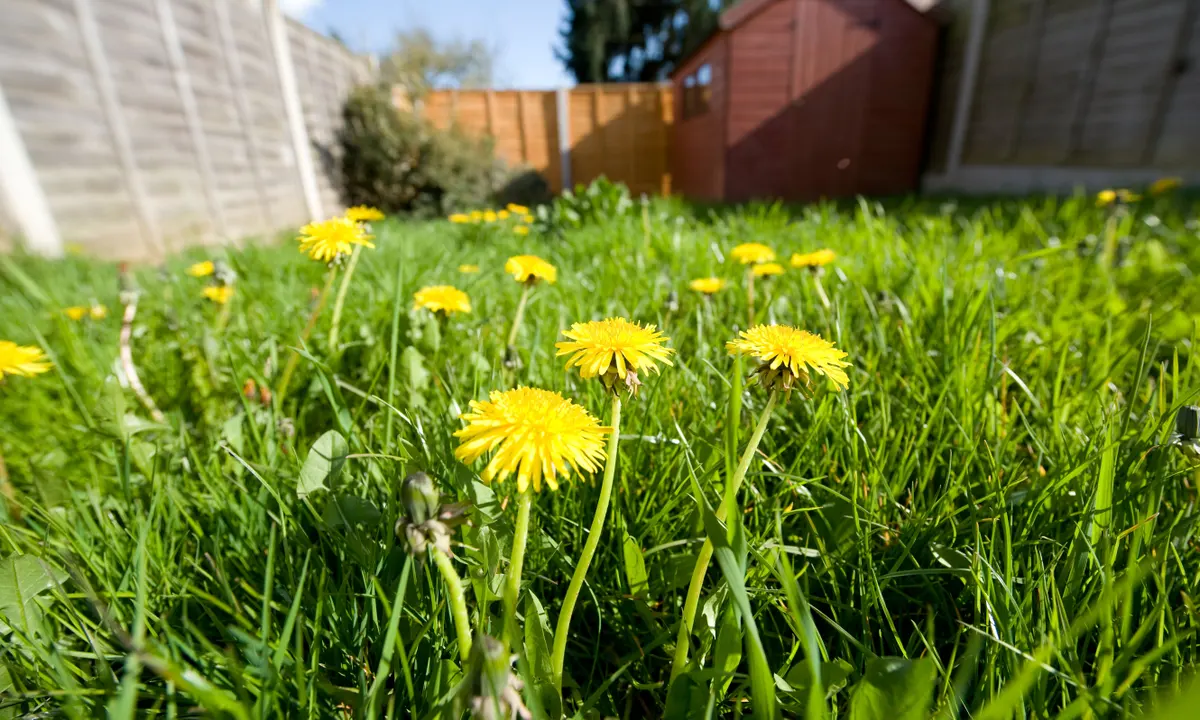


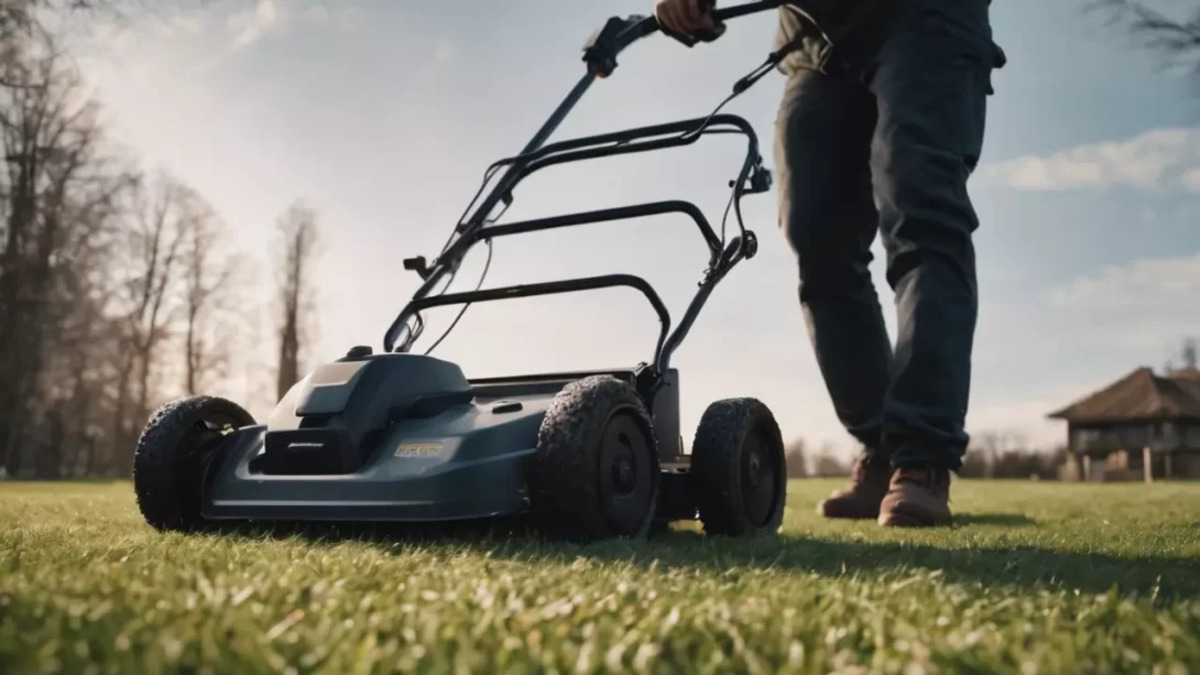
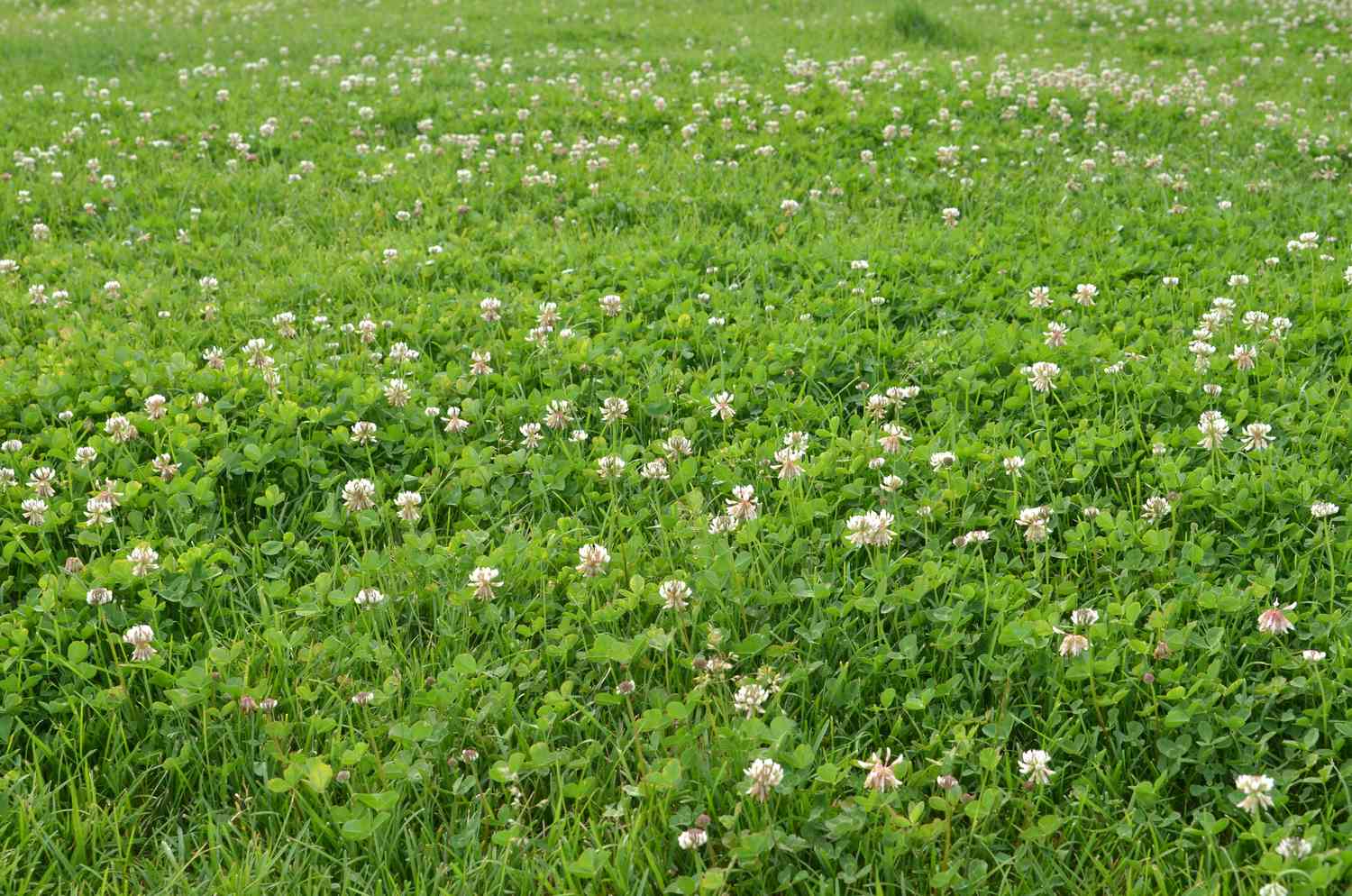
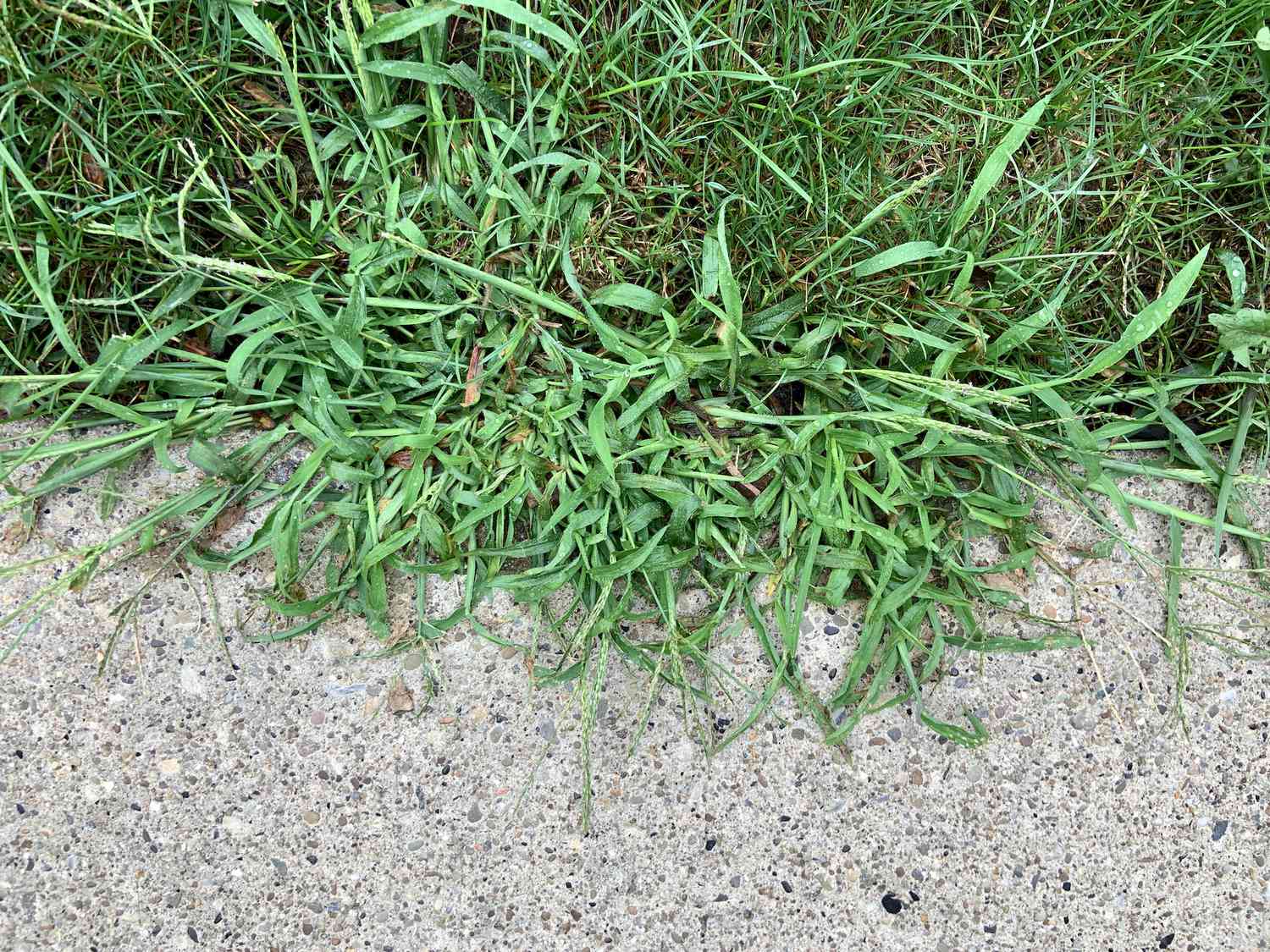
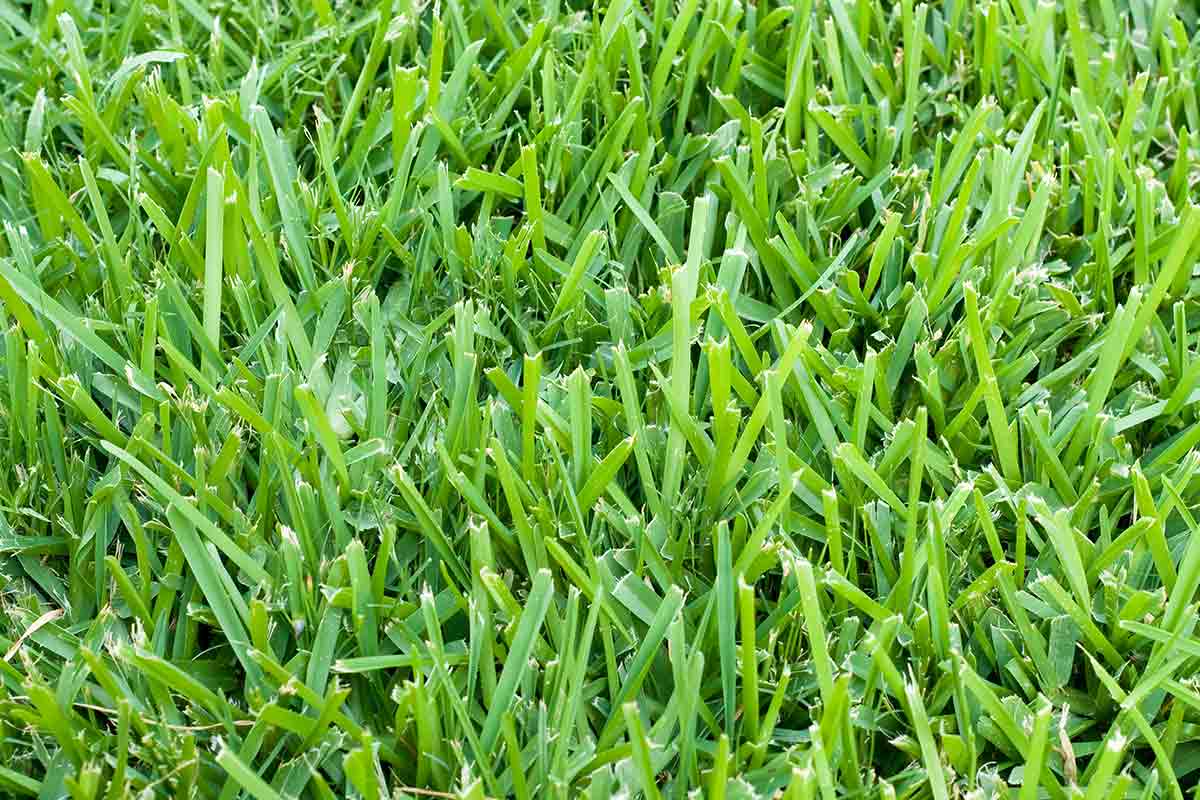

0 thoughts on “At What Temperature Grass Stops Growing”